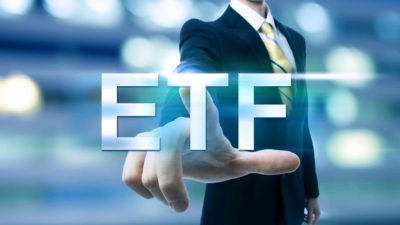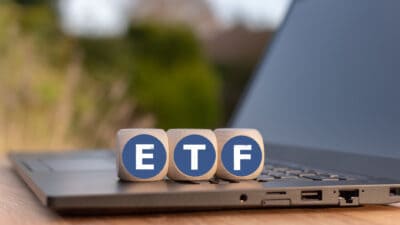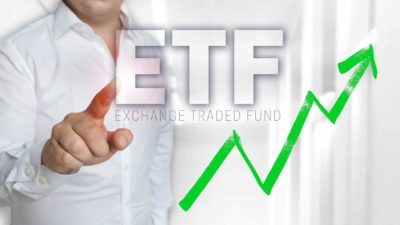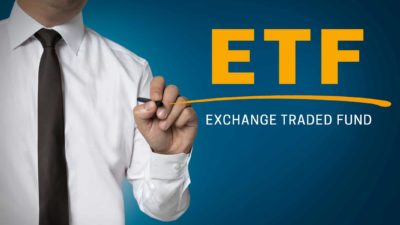Vanguard Australian Shares Index ETF (ASX: VAS) units have delivered strong returns for investors, climbing 20% over the last 12 months.
Considering the ASX share market has delivered an average annual return of around 10% over the decades, the last year has been very rewarding for the exchange-traded fund (ETF).
Past performance is not a reliable indicator of future performance, so it'd be unwise to expect the next 12 months will be just as fruitful.
However, after such a strong run, investors may be wondering what the future holds for the ASX ETF.
I certainly don't have a crystal ball, but I know what the biggest influences could be on future returns.
Returns are dictated by the VAS ETF's holdings
An ETF invests in a group of shares or assets and owns those on behalf of investors.
How an ETF performs almost entirely relates to the returns delivered by the underlying businesses.
The last 12 months have been good for the businesses within the S&P/ASX 300 Index (ASX: XKO), the index the VAS ETF tracks.
In 2024, the biggest positions in the portfolio include BHP Group Ltd (ASX: BHP), Commonwealth Bank of Australia (ASX: CBA), CSL Ltd (ASX: CSL), National Australia Bank Ltd (ASX: NAB), Westpac Banking Corp (ASX: WBC), ANZ Group Holdings Ltd (ASX: ANZ), Macquarie Group Ltd (ASX: MQG), Wesfarmers Ltd (ASX: WES), Goodman Group (ASX: GMG) and Rio Tinto Ltd (ASX: RIO).
These companies are likely to have an outsized influence on how the VAS ETF performs in the next few years. The biggest positions have the largest say on the overall returns.
Low earnings growth?
I strongly believe that earnings growth is the strongest driver of share price growth over time.
The two biggest sectors within the ASX, banking and (iron ore) mining are both facing challenges for the foreseeable future.
For banking, competition in the sector is strong and seemingly here to stay, harming lending margins, while arrears are rising amid a high interest rate environment.
Meanwhile, iron ore mining relies heavily on Chinese demand for a healthy commodity price. Iron ore supply is rising, with Fortescue Ltd (ASX: FMG) just revealing a record first quarter of production. Future iron ore production from Africa could be a headwind for the sector.
I'm not expecting strong profit growth over the next few years from these two sectors.
Vanguard tells investors the return on equity (ROE), based on the ROE of the underlying holdings.
According to Vanguard, at the end of September 2024, the VAS ETF ROE was 12.4%. That means the fund is seeing the retained shareholder money within those businesses generate a profit that's 12.4% of the equity figure. While that's not bad, it's not as good as global share market ETF ROEs.
It suggests that unless stronger-performing businesses become a bigger part of the fund, the VAS ETF's profit growth and returns will not be incredibly strong.
Vanguard says the current growth rate of the VAS ETF is 5.6%.
Reduction of fees?
Vanguard is committed to low fees for investors, so it wouldn't surprise me if the owners of VAS ETF units benefited from a reduction of the management fee during the next five years, which is currently 0.07% per annum.
The BetaShares Australia 200 ETF (ASX: A200) has an annual management fee of 0.04%, and I think the VAS ETF's costs will edge towards that figure in the next few years.
My thoughts on the VAS ETF unit price
Since the start of this fund in May 2009, the VAS ETF has delivered an average return per year of around 9%, with around half of that return being distributions and half being capital growth. I think the next five years could show something similar, with the benefit of lowering interest rates by the RBA, unless the VAS ETF's earnings growth rate picks up.
If the VAS ETF unit price grows by an average of 4.5% per annum for five years from now, it will become worth approximately $127 and hopefully pay a decent distribution during that time. But, the ETF could perform significantly worse, or better, than that.
It wouldn't be a huge return, but ongoing capital growth would be an appealing option for a higher-yield ETF like this one. The current dividend yield is 3.5%, excluding franking credits.









